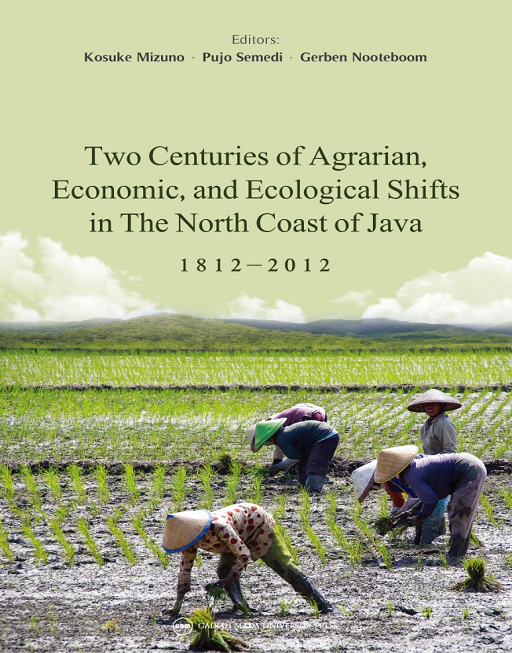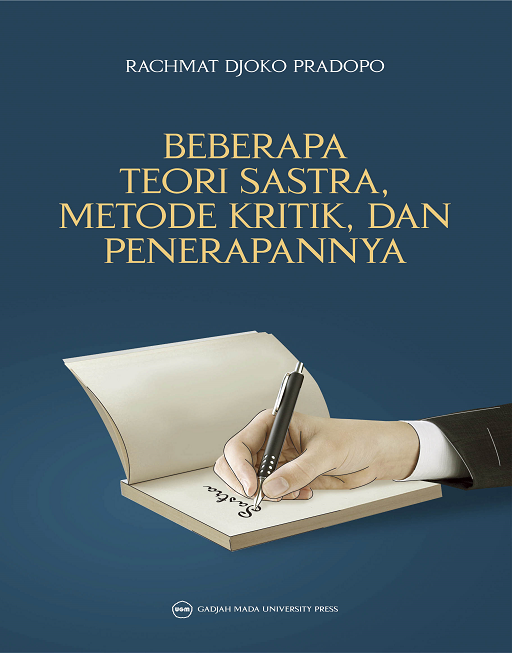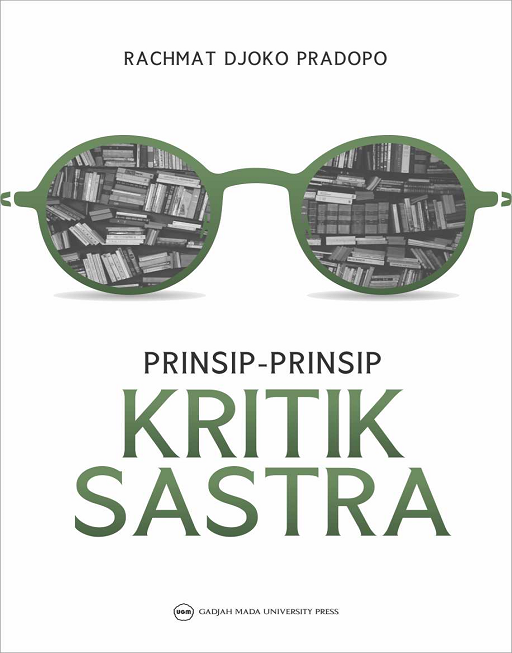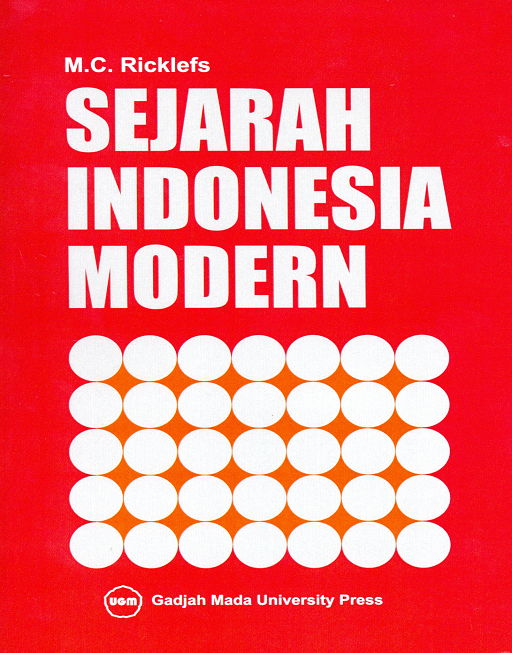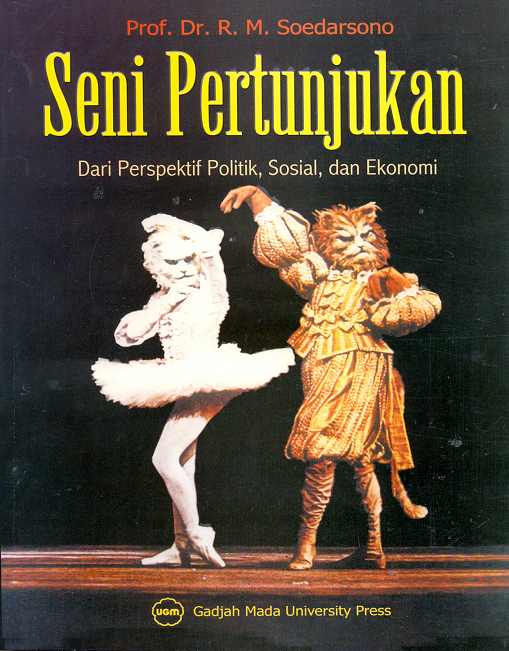Detail Produk
Two Centuries Of Agrarian Economic and Ecological Shifts in the North Coast Of Java (1812-2012)
Budaya
Share this :
Penulis: Kosuke Mizuno, Pujo Semedi, Gerben Nooteboom
ISBN: 978-623-359-156-0
Dilihat: 3326 kali
Stock: 0
Ditambahkan: 27 June 2023
This book also shows the vulnerability of society as seen in the high proportion of cereals as staple food in the household food expenditure.The trend toward stratification (or inequality),the dectine of hired Labor in sawah cultivation, the wage rate increase or Labor productivity increase (with the growing use of Labor-saving technology), the constant increase of outmigration and decrease in population growth, and the persistence of Landlordism all show the unraveling oflavanese society's Agricultural Involution.“
Rp160.000,00
Maaf buku ini sedang tidak tersedia
Two Centues Agrarian, Economic, and Ecological Shifts in The North Coast ofJava 1812-2012
What is the impact of the 1997 Asian Financial Crisis, Reformasi, or democratization since 1998 and constant economic development in 1990-1997 and 2004-2012 on rural lavanese society? This book has attempted to answer these questions by conducting a 1,000- household socioeconomic survey of six villages in Comal, in the north-coastal area oflava Istand in 2012.This book also seeksto locate findings of these fieldworks in the Long historical context in the same area by comparing a 500-household survey in 1990 in the same vilLages, as well as data from a household survey conducted in the same area from 1903-1905 by the General Syndicate of Sugar-mill Owners of the Dutch Indies.
The sugar industry at Comal used to be an engine of the Dutch East Indies economy at the beginning of 20th century.After the Letter of Intent with the IMF to scrap the government program (TRI) that mobiLized land and Labor for sugar production in 1998, the industry ceased to be main drive of the regional economy. No other prominent industry has since emerged in the area, which then saw a decline in population growth. But amidst such stagnation, tremendous changes took place in Comal in 1990-2012.
Notably,as much as 79.6% of the households surveyed were landless.The number in 1903-1905 was 31,6%, and in 1990 was 56.7%. This phenomenon of deagrarization is also evident in the composition of the occupations of household heads and members. Ecologically serious deforestation took place in 19th century in the region,which Led to tight competition for water. Since the 1980s, however, afforestation took place in lava Island-but it did so more in private land, while elderly landless farmers were excluded from former practices of food production and sharecropping. ln wet rice production, people now chose seeds by themselves, which included local varieties.Areas planted to rice decreased, as did the use of hired Labor. The real wage rate increased 4-6% per year between 1990 and 2012, vis--vis the increase of 0-1% per year in 1903-1990.This is an important reason why afforestation and sugarcane production in dry land developed as a niche industryand have prevailed on the backof Labor-saving technology. Social stratification intensified: the household that kept arable land of 1 hectare more was 1.1% among the surveyed households and owned 37.9% of the land: moreover, trah (lineage group), whence the village head traditionally hailed, kept its status, although some disturbance was reported following Reformasi, similar to the case after independence in 1945. Deagrarization also brought about the development of nonagricultural sectors, especially the tertiary or service sector, and the informalsectors.
This book also shows the vulnerability of society as seen in the high proportion of cereals as staple food in the household food expenditure.The trend toward stratification (or inequality),the dectine of hired Labor in sawah cultivation, the wage rate increase or Labor productivity increase (with the growing use of Labor-saving technology), the constant increase of outmigration and decrease in population growth, and the persistence of Landlordism all show the unraveling oflavanese society's Agricultural Involution.“
- Bahasa Teks Buku English
- Cetakan Pertama, Juni 2023
- Tebal 450 halaman
- Ukuran 15,5 cm x 23 cm
- Kode Buku T146
- Categories Budaya, Sosial & Humaniora
BUKU TERKAIT
© 2015 - 2025 UGM PRESS. All Rights Reserved.
